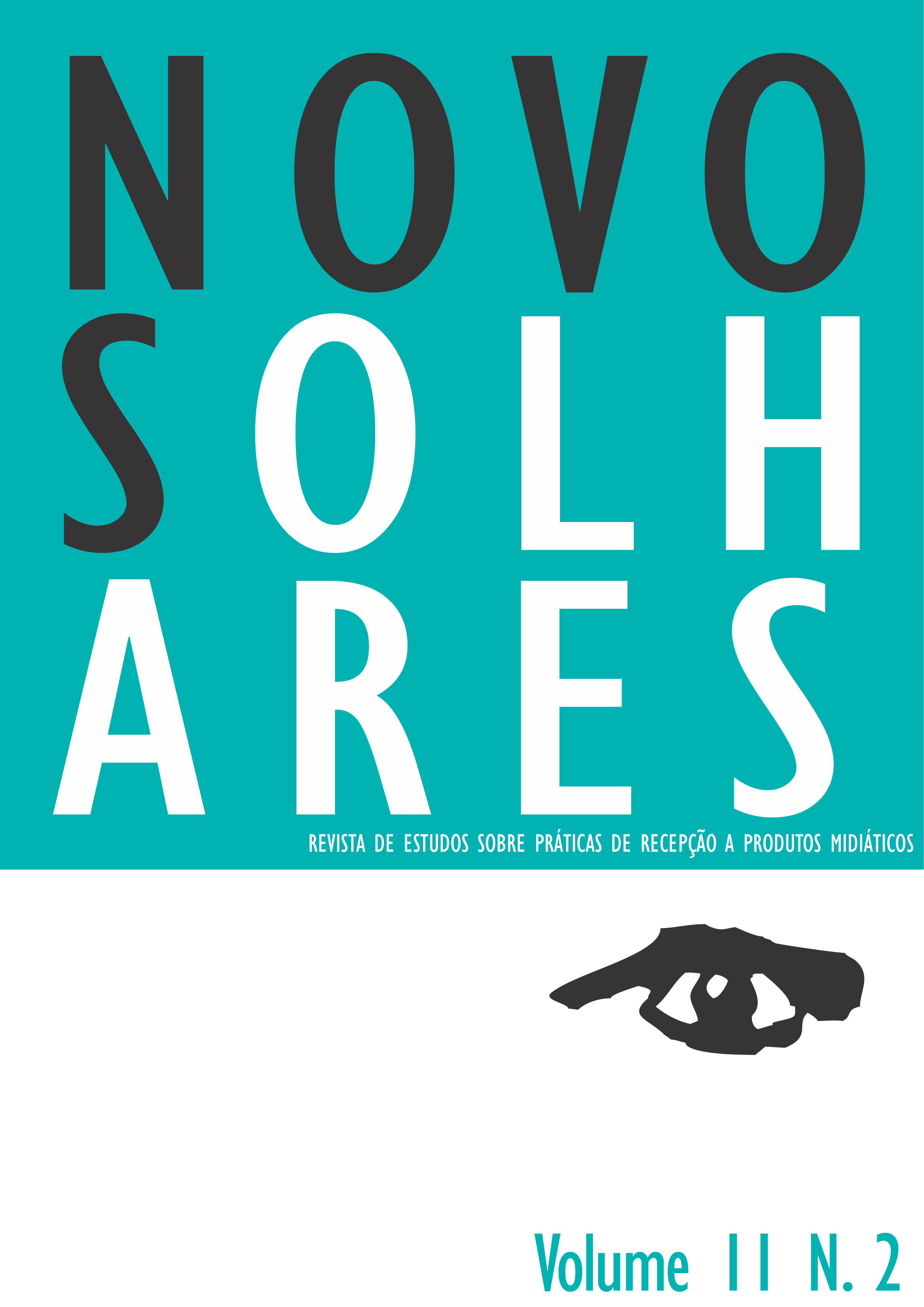Eye tracking: from affect to visual concept
DOI:
https://doi.org/10.11606/issn.2238-7714.no.2022.205284Keywords:
Eye tracking, Affect, Concept, Image, VisionAbstract
Based on the classic eye tracking experiments of Russian psychologist Alfred L. Yarbus, which sought to determine visual attention by measuring eye position and eye movement, our paper posits an embodied empirical foundation for cognition, based on the Bergsonian concept of the image, contra the still widely-held, full-frame photographic conception of vision. Coupled to the thought of Spinoza, James, Bergson, Simondon, and Deleuze and Guattari, we aim to produce a speculative model of visual perception that harmonizes affective metaphysics with the production of concepts through vision.
Downloads
References
Bergson, H. (1991). Matter and Memory. (N. M. Paul & W. S. Palmer, Trans.). Zone Books.
Deleuze, G. (1993) The Fold. (T. Conley, Trans.). University of Minnesota Press.
Deleuze, G. (1988). Spinoza: Practical Philosophy. (R. Hurley, Trans.). City Lights Books.
Deleuze, G. & Guattari, F. (1994). What is Philosophy? (G. Burchell and H. Tomlinson, Trans.). Columbia University Press.
Deleuze, G. & Guattari, F. (1987). A Thousand Plateaus. (B. Massumi, Trans.). University of Minnesota Press.
Duchowski, A. T. (2017). Eye Tracking Methodology: Theory and Practice (3rd ed.). Springer International Publishing AG.
Forrester, J. V., Dick, A. D., McMenamin, P. G., Roberts, F., Pearlman, E. (2016). The Eye: Basic Sciences in Practice. (4th ed.). Elsevier.
Freud, S. (1955). The Standard Edition of the Psychological Works of Sigmund Freud. Vol. X. Two Case Histories (‘Little Hans’ and the ‘Rat Man’). (J. Strachey, Trans.). Hogarth Press.
James, W. (1912). Essays in Radical Empiricism. Longmans, Green, and Co.
James, W. (1943). Pragmatism. Meridian Books.
Massumi, B. (2018). 99 Theses on the Revaluation of Value: A Postcapitalist Manifesto. University of Minnesota Press.
Netter, Frank H. (2002). Atlas of Neuroanatomy and Neurophysiology: Selections from the Netter Collection of Medical Illustrations. Icon Custom Communications.
Rebolledo, F. & Oliveira, A. M. (2020). Imagistic Projection as Relational Becoming. In G. Menotti & V. Crisp (Eds.). Practices of Projection: Histories and Technologies (pp. 253-281). Oxford University Press.
Simondon, G. (2005). L’Individuation à la lumière des notions de forme et d’information. Millon.
Simondon, G. (2017). On the Mode of Existence of Technical Objects. (C. Malaspina and J. Rogove, Trans.). Univocal.
Spinoza, B. (1996). Ethics. (E. S. Curley, Trans.). Penguin.
Tarr, B. & Hranitzky, Á. (Directors). (2011). The Turin Horse [Film: A torinói ló]. T. T. Filmműhely.
The Wachowskis. (Directors). (1999). The Matrix [Film]. Warner Bros.; Village Roadshow Pictures; Groucho II Film Partnership; Silver Pictures.
Yarbus, A. L. (1967). Eye Movements and Vision. Plenum Press.
Downloads
Published
Issue
Section
License
Copyright (c) 2023 Professor

This work is licensed under a Creative Commons Attribution-NonCommercial-NoDerivatives 4.0 International License.
Proposta de Aviso de Direito Autoral Creative Commons
1. Proposta de Política para Periódicos de Acesso Livre
Autores que publicam nesta revista concordam com os seguintes termos:
- Autores mantém os direitos autorais e concedem à revista o direito de primeira publicação, com o trabalho simultaneamente licenciado sob a Licença Creative Commons Attribution CC Attribution-NonCommercial-NoDerivatives 4.0, que permite o compartilhamento do trabalho com reconhecimento da autoria e publicação inicial nesta revista.
- Autores têm autorização para assumir contratos adicionais separadamente, para distribuição não-exclusiva da versão do trabalho publicada nesta revista (ex.: publicar em repositório institucional ou como capítulo de livro), com reconhecimento de autoria e publicação inicial nesta revista.
- Autores têm permissão e são estimulados a publicar e distribuir seu trabalho online (ex.: em repositórios institucionais ou na sua página pessoal) a qualquer ponto antes ou durante o processo editorial, já que isso pode gerar alterações produtivas, bem como aumentar o impacto e a citação do trabalho publicado.



